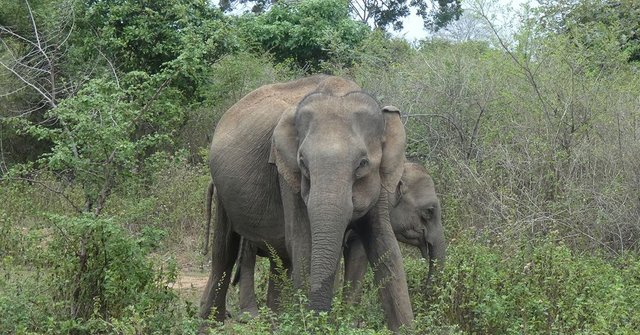Hey wildlife enthusiasts and conservation advocates! Today, we’re diving into an inspiring story from the University of California, San Diego (UCSD) about a groundbreaking project to conserve wild elephant populations. This initiative is not only fascinating but also crucial for the survival of these majestic creatures. Let’s break it down in a fun and simple way!
What’s the Buzz?
UCSD has published an article about a project led by Dr. Shermin de Silva, a biologist and conservationist, who is working to protect wild elephant populations. The project combines cutting-edge research with community engagement to create sustainable solutions for elephant conservation. It’s a great example of how science and community can come together to make a difference.
Why It’s Important
- Conservation Efforts: Protecting wild elephant populations is crucial for maintaining biodiversity and ecosystem health.
- Community Involvement: Engaging local communities in conservation efforts ensures that solutions are sustainable and effective.
- Scientific Research: Advanced research helps us understand elephant behavior and ecology, leading to better conservation strategies.
Key Points of the Project
Understanding Elephant Behavior:
- Why It’s Important: Understanding how elephants interact with their environment and each other is crucial for effective conservation.
- Examples: Dr. de Silva and her team use GPS tracking and behavioral studies to monitor elephant movements and social interactions.
- Impact: This research helps identify key areas and behaviors that need protection.
Community Engagement:
- Why It’s Important: Local communities play a vital role in conservation efforts. Engaging them ensures that solutions are sustainable and supported.
- Examples: The project involves local villagers in monitoring and protecting elephants, providing education and resources.
- Impact: Community involvement builds a sense of ownership and responsibility, leading to long-term conservation success.
Sustainable Solutions:
- Why It’s Important: Conservation efforts must be sustainable to have a lasting impact.
- Examples: The project focuses on creating wildlife corridors, reducing human-elephant conflict, and promoting eco-tourism.
- Impact: These solutions help protect elephants while also benefiting local communities and the environment.
A Closer Look
Check out this image of elephants in the wild, which captures the beauty and importance of their conservation:
Why It’s a Big Deal
- Biodiversity: Elephants are keystone species, and their conservation is crucial for maintaining ecosystem health and biodiversity.
- Community Impact: Engaging local communities in conservation efforts creates a sense of ownership and responsibility, leading to more effective and sustainable solutions.
- Scientific Advancements: The project showcases the power of scientific research in understanding and protecting wildlife.
Success Stories
- Conservationist, Dr. Shermin de Silva: Dr. de Silva, the project leader, says, “Our project is a testament to the power of combining scientific research with community engagement. By understanding elephant behavior and involving local communities, we can create effective and sustainable conservation solutions.”
- Local Villager, John: John, a local villager involved in the project, adds, “I’ve learned a lot about elephants and how to protect them. It’s rewarding to be part of a project that benefits both the elephants and our community.”
How to Get Involved
- Support Conservation Efforts: Donate to or volunteer with organizations working to protect wild elephant populations.
- Stay Informed: Follow the latest research and news on elephant conservation to stay informed and aware.
- Spread Awareness: Share information about elephant conservation with your friends and family to raise awareness and support.
Final Thoughts
The project led by Dr. Shermin de Silva at UCSD is a shining example of how science and community can work together to protect wild elephant populations. By understanding elephant behavior, engaging local communities, and implementing sustainable solutions, we can ensure the survival of these magnificent creatures. Whether you’re a wildlife enthusiast, a conservation advocate, or just someone who cares about the planet, this project is a reminder that every effort counts.
Thanks for reading, and don’t forget to share your thoughts and any favorite conservation projects in the comments below! 🐘✨
#ElephantConservation #UCSD #WildlifeProtection #CommunityEngagement #ScientificResearch #SustainableSolutions #Biodiversity #EcosystemHealth #ConservationEfforts #LocalCommunities #ScientificAdvancements #Conservationist #WildlifeCorridors #EcoTourism #Conservation2025 #ElephantBehavior #CommunityImpact #ScientificResearch2025 #SustainableSolutions2025 #Biodiversity2025 #EcosystemHealth2025 #ConservationEfforts2025 #LocalCommunities2025 #ScientificAdvancements2025 #Conservationist2025 #WildlifeCorridors2025 #EcoTourism2025 #Conservation2025
